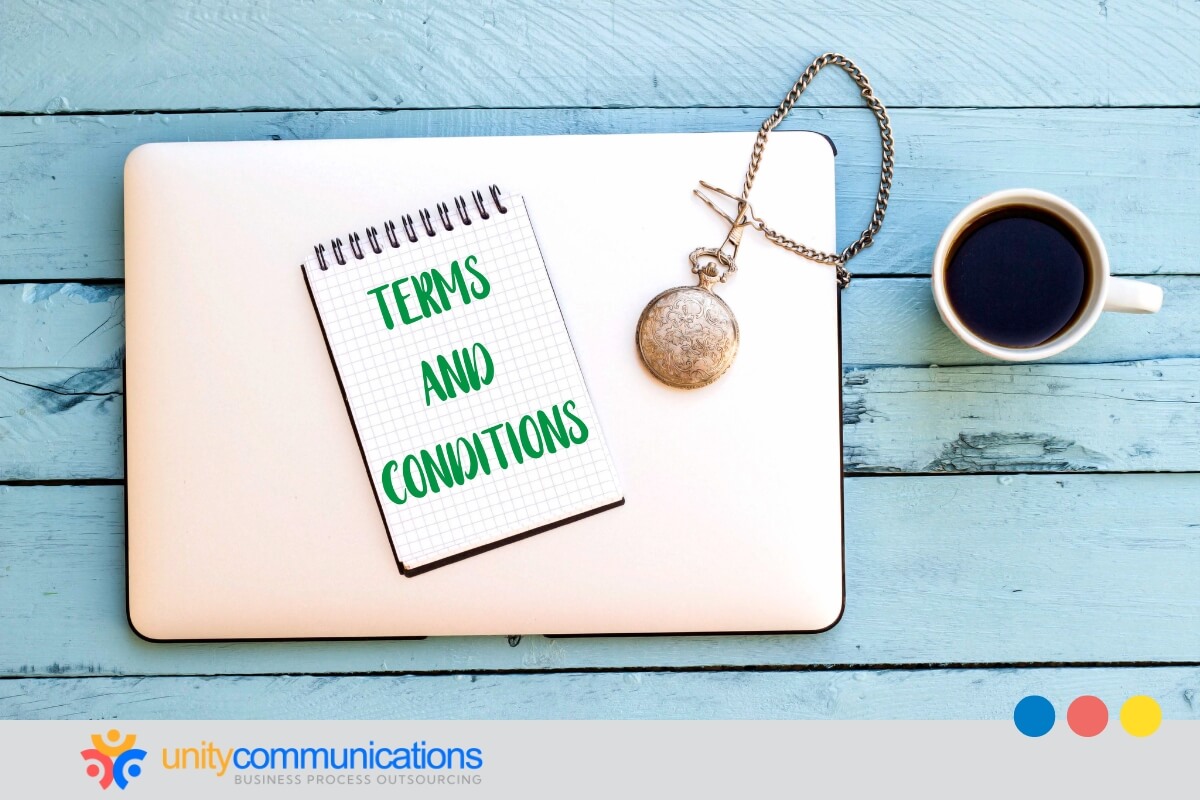Table of Contents
Most companies today prefer to work with multiple vendors instead of a single business process outsourcing (BPO) company to amplify scalability and cost savings, diversify access to expertise, innovate faster, and boost competitiveness.
Despite its benefits, multi-vendor BPO has drawbacks, including coordination issues, inconsistent service quality, and rising management costs. How do you manage them without straining resources and relationships?
This article explores the common challenges in multi-vendor outsourcing and the practical strategies to fix them before they affect your bottom line. Let’s dive in!
BPO and its functions

What is BPO, and how does it relate to multi-vendor outsourcing? Business process outsourcing is the transfer of specific tasks to external providers. Standard functions of BPO include back-office operations, such as data management and accounting, and front-office services, such as customer service and tech support.
Companies outsource for many reasons:
- Lowering operating and labor costs
- Simplifying workflows
- Scaling the business
- Augmenting the workforce
- Increasing focus on core competencies
As business needs become more complex, relying on a single BPO provider might be insufficient. No vendor can offer deep expertise across all functions or adapt quickly to evolving demands.
This has led many to pursue multi-vendor outsourcing, which is engaging several specialized service providers for greater flexibility, access to niche expertise and tools, and no lock-ins.
However, this model also introduces unique challenges you must proactively manage to succeed:
1. Too many cooks? How to keep vendor relationships aligned
Working with multiple vendors can make coordination and communication more challenging, especially when each supplier has different processes, priorities, and expectations. In BPO, this complexity can lead to delays, misunderstandings, and gaps in service delivery if not carefully managed.
For example, if your IT provider and customer support vendor are not aligned, technical issues might take longer to resolve, frustrating your customers. This is one of the common challenges in multi-vendor outsourcing, requiring clear communication strategies and strong oversight to keep everything running smoothly.
2. Keep quality consistent across all vendors
Multiple vendors can result in varying levels of service quality, making it challenging to maintain a consistent customer experience. In BPO, one provider might excel in meeting performance standards while another struggles to keep up.
If your customer service team delivers fast, friendly support, but your order fulfillment partner frequently causes delays, your brand’s perception can suffer. This highlights one of the downsides of multi-vendor outsourcing, where quality control requires regular performance monitoring and comprehensive service-level agreements (SLAs).
3. End the communication chaos among providers
Poor multi-vendor coordination could result in fragmented communication, slowing decision-making, and problem resolution. Providers might use different platforms or communication protocols, creating confusion and delays.
Suppose your IT support vendor and customer service provider have different opinions about a system outage. Customers might receive inconsistent information or experience longer wait times. Addressing these key challenges requires establishing clear communication channels and keeping all parties informed and aligned.
4. Integrate systems without slowing operations
Bringing together services from multiple vendors can be tricky, especially when their systems and processes are incompatible. Mismatched technologies or workflows can cause delays, errors, or service interruptions.
For example, the CRM software used by the customer service team might not integrate smoothly with the order management system handled by another vendor. This can result in inaccurate order tracking or delayed responses.
Overcoming these requires investing in integration tools and ensuring vendors collaborate closely to maintain seamless service delivery.
5. Solve the logistics puzzle of global multi-vendors
Coordinating logistics across several vendors can quickly become complicated, especially when each provider operates in different locations or time zones. If workflows aren’t correctly synchronized, these logistical challenges might lead to delays in delivering services or products.
If your data processing team in one country operates on a different schedule than your customer support team in another, it can slow down response times and frustrate customers.
Successfully navigating these challenges in multi-vendor outsourcing often requires careful planning, clear timelines, and a centralized system for managing workflows.
6. Fix compatibility issues before they disrupt your business
When multiple vendors use different technologies, compatibility problems can arise, disrupting the flow of information and services. In BPO, this often results in data silos, inefficiencies, or errors when you must manually transfer or convert information between systems.
If your finance BPO partner uses one accounting platform and your procurement vendor uses another, it can lead to discrepancies in financial reporting. You must invest in integration solutions or middleware to ensure all systems work smoothly.
Risk management strategies to minimize dependence on a single vendor
Relying heavily on one outsourcing partner can expose your business to unnecessary risks, such as service interruptions or vendor failure. In a multi-vendor business process outsourcing model, spreading responsibilities across several BPO partners helps reduce these vulnerabilities.
Here are some practical ways to minimize dependency and strengthen your risk management approach:
- Distribute responsibilities across specialized providers.
- Identify backup vendors to handle tasks if a primary partner fails.
- Regularly review and assess vendor performance to fix potential risks.
- Include clear exit strategies and transition plans in all vendor contracts.
- Implement knowledge sharing and documentation to reduce reliance on a particular provider.
By implementing these strategies, you can become more stable and resilient in outsourcing partnerships.
Optimizing cost efficiency while maintaining service quality

In 2024, the global market for multi-vendor support services hit $54.7 million, with projections showing steady growth. By 2025, it could reach $56.2 million and $69.9 million by 2032.
As more businesses turn to multiple outsourcing partners to meet their evolving needs, balancing cost savings with high service standards becomes increasingly important. In a BPO setup, you can cut expenses without sacrificing quality by strategically selecting and managing your partners.
Consider these ways to achieve efficiency and excellent service:
- Compare pricing models across vendors to find the best value for specific services.
- Negotiate volume discounts or bundled service packages with preferred providers.
- Track key performance indicators (KPIs) to determine whether vendors meet quality benchmarks.
- Use competitive bidding to encourage BPO partners to offer better rates and services.
- Regularly reassess vendor contracts to eliminate unnecessary costs or redundancies.
The right approach maximizes the benefits of multi-vendor outsourcing while keeping quality and costs in check.
Implementing robust governance structures for vendor accountability
Robust oversight is essential when managing multiple outsourcing partners to ensure they meet agreed-upon standards and deliver consistent results. Without a clear governance framework, BPO arrangements can experience miscommunication, inconsistent quality, and unmet expectations.
Maintain control and accountability across vendors with these key practices:
- Establish clear roles, responsibilities, and escalation procedures for all BPO partners.
- Define measurable SLAs and performance metrics.
- Conduct regular audits and performance reviews to track compliance.
- Use centralized reporting tools for transparency and data consistency.
- Foster open communication and collaboration through scheduled meetings and updates.
Solid governance strengthens vendor accountability and improves the success of your multi-vendor outsourcing strategy.
Developing flexible contractual arrangements to accommodate changes

Roughly 60% of companies report that outsourcing helps them quickly scale operations as market demands shift. Flexibility is a game-changer in today’s fast-moving business world. Because outsourcing needs can change instantly, it’s critical to have contracts that can adapt and grow.
When working with multiple vendors, flexible agreements simplify scalability, allow for the use of new technologies, and tackle performance issues without getting bogged down in delays or red tape.
The following are ways to build flexibility into your vendor contracts:
- Include terms and conditions that allow for increases or decreases in service volume.
- Add provisions for technology upgrades or service enhancements as needed.
- Define clear exit clauses and transition plans to support smooth vendor changes.
- Allow for periodic contract reviews and renegotiations based on evolving business needs.
- Incorporate performance-based incentives that encourage continuous improvement.
With adaptable contracts, your multi-vendor outsourcing strategy can stay responsive and aligned with your business goals.
The bottom line
Managing multiple outsourcing partners can offer significant benefits but bring challenges such as communication breakdowns, inconsistent service quality, and integration issues. Addressing these challenges in multi-vendor outsourcing requires strong governance, flexible contracts, and performance metrics to keep everything on track.
Streamlining processes and maintaining open communication can turn complexity into a well-coordinated strategy. Ready to take control of your BPO partnerships? Start simplifying your vendor management approach today. Let’s connect.




